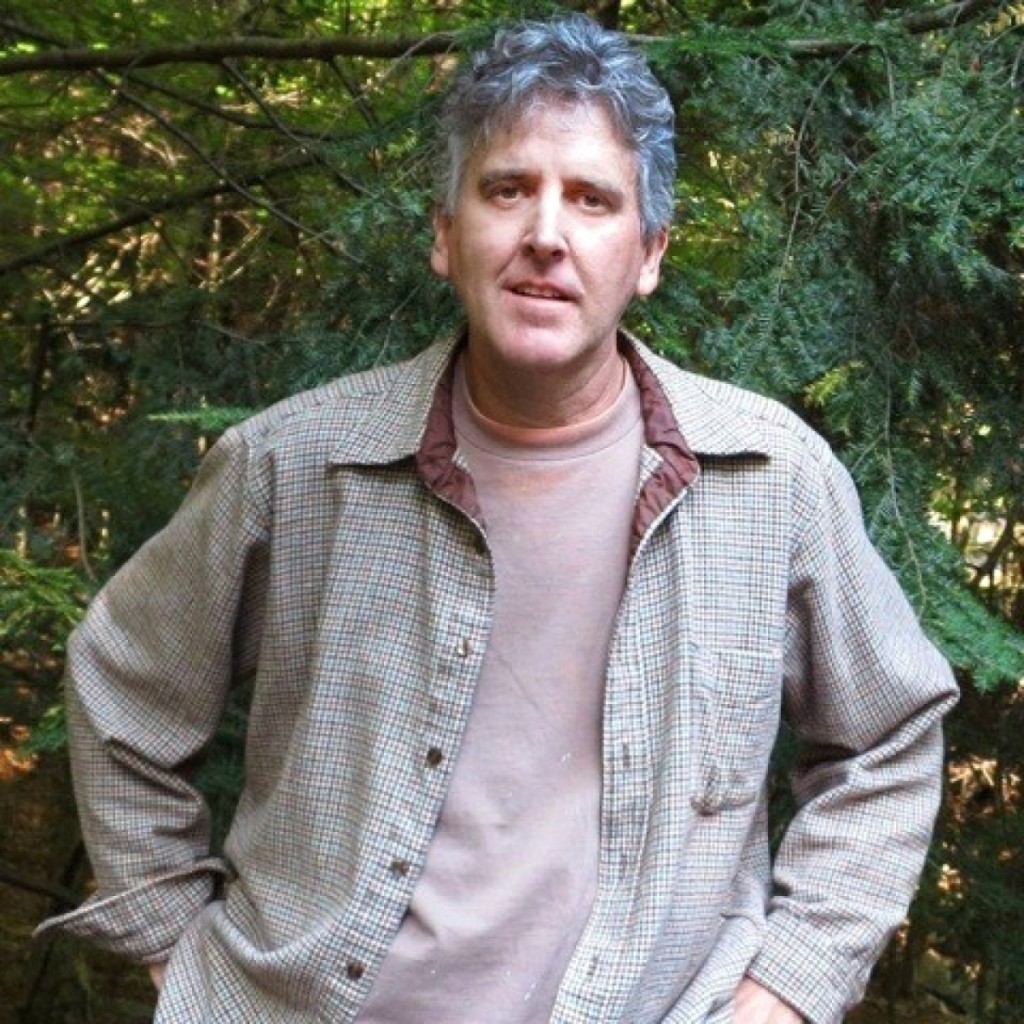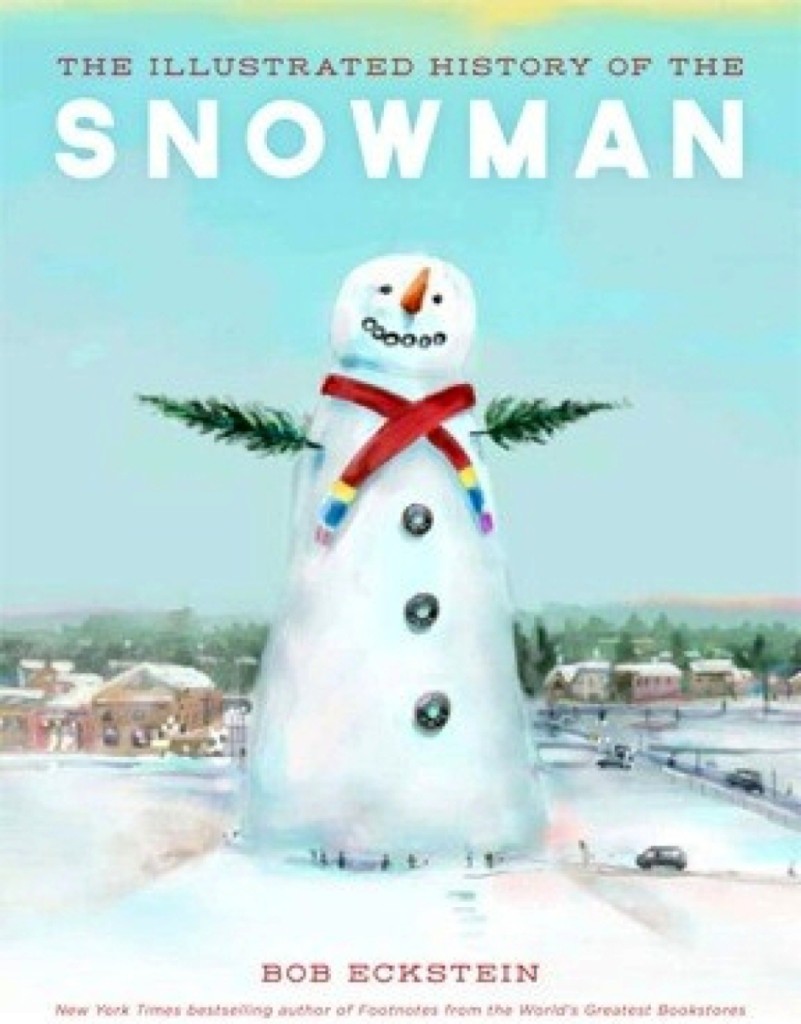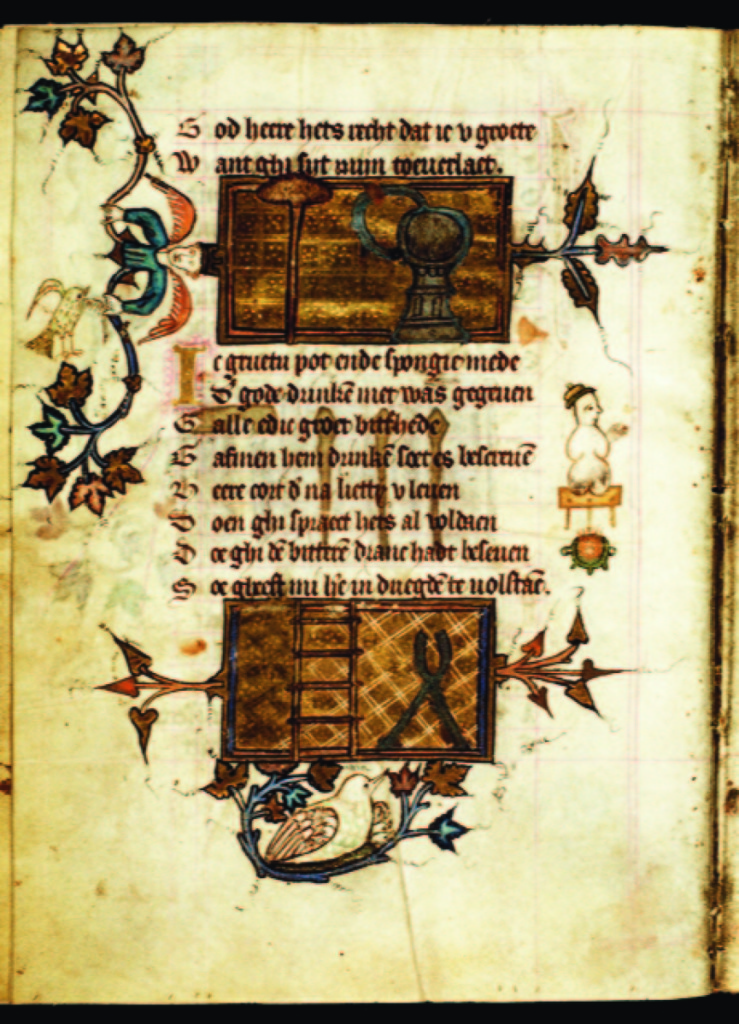 Who hasn’t built a snowman – or snowwoman or snowfamily, for that matter? Bob Eckstein, whose cartoon and essay contributions to publications like The New Yorker and the New York Times and others turn conventional tropes on their heads, has dug into the lore of what he characterizes as the “Frozen Forrest Gump,” a kind of omnipresent everyman who is witness to not only the bland cultural occurrences in history, but even scandalous scenes of sex and violence. The result is The Illustrated History of the Snowman, published by Rowman & Littlefield.
Who hasn’t built a snowman – or snowwoman or snowfamily, for that matter? Bob Eckstein, whose cartoon and essay contributions to publications like The New Yorker and the New York Times and others turn conventional tropes on their heads, has dug into the lore of what he characterizes as the “Frozen Forrest Gump,” a kind of omnipresent everyman who is witness to not only the bland cultural occurrences in history, but even scandalous scenes of sex and violence. The result is The Illustrated History of the Snowman, published by Rowman & Littlefield.
Why did you choose the snowman as your focus of interest and collecting category?
In 2000, I was a New York City humorist and columnist being approached by agents and publishers to write a book. I was a huge Sherlock Holmes fan and loved mysteries, so I knew I wanted to write a mystery but didn’t want it to be negative or about crime. I wanted to answer one of life’s great questions, like who made the first sandwich or who told the first joke. Tim Burton’s Batman had come out just a few years earlier, turning on its head the campy television Batman, and that gave me the idea of finding out who made the first snowman. I, too, was going to turn this innocent icon on its head and reveal his dark side, I decided…which I did, proving that in the Middle Ages, for example, snowman-making was an early form of pornography and political commentary.
What was your first acquisition?
My house is filled with every type of folk art, from ice spear fishing decoys to milk bottles to paintings and furniture. My wife has collections far larger than my 800-plus snowman collection, and I have no idea what was the first item except to say this all started with my wife, and one day, we’re going to have one hell of a yard sale.
 Your research took you around the world for seven years. What was the most memorable experience?
Your research took you around the world for seven years. What was the most memorable experience?
The Royal Library in The Hague. I had spent days going from museum to museum through Europe when I arrived at the largest collection of images in the world – more than 8 million. Here, I finally found the oldest depiction of a snowman in the margins of an illuminated manuscript alongside a solemn passage about Christ. It’s impossible to explain briefly why a snowman was there, but it’s a shocking and fascinating story.
Why is the snowman a kind of “frozen” Forrest Gump?
Like Forrest Gump he keeps on photobombing at every opportunity of man’s advancement; the first postcards, the first silent movies, the first photographs, important political moments, photo ops…it’s rather uncanny!
What makes the snowman such an iconic symbol for humanity?
Man has always had two primal instincts – to make representations of himself and to put one thing on top of another. The snowman represents, due to his shape, every schlepp, every guy or gal who gets splashed with water thanks to a passing bus; with the snowman, it’s getting pelted with snowballs by neighborhood kids or being made to look ridiculous. We all can relate to this, and as a result, the snowman is quite the lovable loser. Every language with access to snow makes snowmen and women, so it’s universal. Having been on countless magazine covers, TV specials, stamps, products, toys, etc, it’s the most popular symbol in the world if you don’t count religious figures and symbols, and being non-denominational is part of his appeal, too.

Bob Eckstein, author of The History of the Snowman, found the snowman’s earliest known depiction in an illuminated manuscript of the Book of Hours from 1380 in the Koninkijke Bibliotheek in The Hague, Netherlands.
Your Footnotes from the World’s Greatest Bookstores is a New York Times bestseller. What was the impetus for that project?
It was just a story I did for The New Yorker, “Endangered Bookstores in NYC.” It went viral, and within a couple of hours of the story’s publication, Penguin Random House offered me a book deal. It wasn’t until I began talking with, literally – pun intended – hundreds of bookstore owners that I fell in love with bookstores, became sympathetic to their plight and emotionally invested. Raising awareness for independent bookstores has been now my main cause for three years, speaking on radio on the subject, doing panels and writing op-ed articles.
What’s taking shape as your next project?
I just came out with box set of postcards of bookstore illustrations, some recent ones not included in my bookstores book. In March, I came out with The Ultimate Cartoon Book of Bookstore Cartoons by the World’s Greatest Cartoonists. And this really is a collection of the world’s greatest, and it was an honor to do that. I hope to do a sequel of the World’s Greatest Bookstores so that I can showcase bookshops that unfortunately got cut from the first book. In the meantime, I am working with a studio that is producing a travel show based on the book. And I’m finishing other book projects, including an illustrated novel of an 1850 diary based on the search for the missing Sir John Franklin. It’s a dark comedy. There’s also The Complete Kitty Cat Name Book, which is a baby name book but for cats. I’m working on an operetta starring a real-life squirrel and chipmunk – I fill the plastic horse head and Darth Vader helmet I want them to wear with peanut butter and seeds so they keep their costumes on – and a book on the world’s greatest museums. I like to mix it up.
[Ed note: You can see and hear Bob speak at some upcoming events – October 10, One-Man Show at the Cooperage Project, Honesdale, Penn., and November 28, author talk at the New York Public Library]
– W.A. Demers




